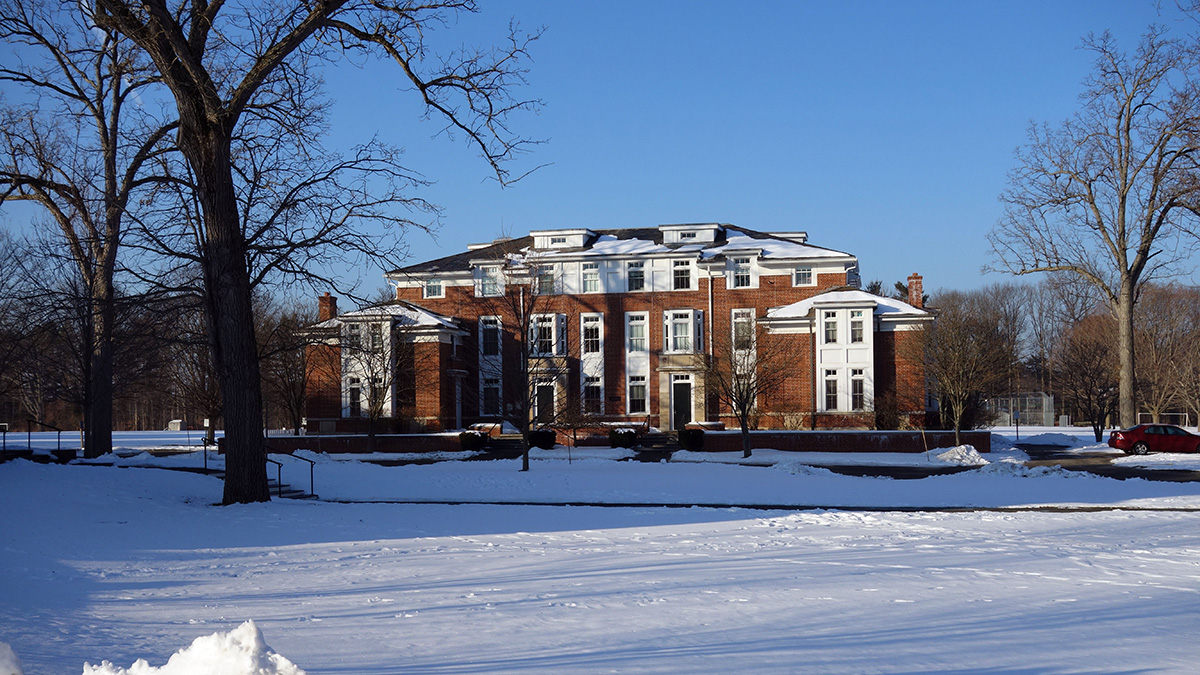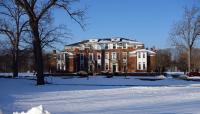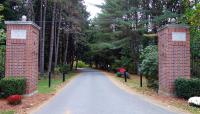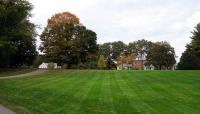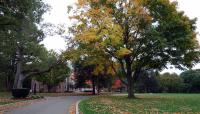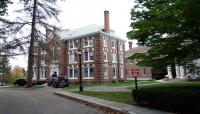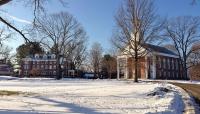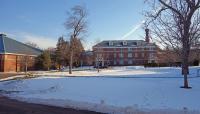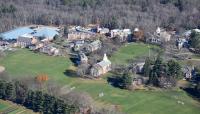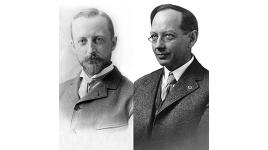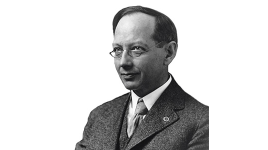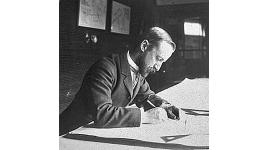Landscape Information
In 1901 Frederick Winsor and fellow Harvard alumni founded this nondenominational residential school to prepare young men for college. Winsor turned to Frederick Law Olmsted, Jr., head of Harvard’s landscape architecture curriculum, to develop the campus’ 300 rolling acres surrounded by woodlands, only twenty miles northwest of Brookline.
John Charles Olmsted took on the project, consulting with Winsor on building locations and settings. The main drive off Lowell Road crossed the marsh around the man-made, twenty-six-acre Bateman’s Pond and turned uphill to reach the main campus. At the top of the hill, Olmsted designed a large, circular green around which new dormitories and academic buildings could be arranged. Working with architects Peabody & Stearns, he located buildings and designed drives and walkways, careful to minimize grading modifications in order to preserve extant large trees, while developing new planting schemes including an allée of elms.
For more than three decades beginning in 1902, members of the Olmsted firm (Herbert Kellaway and George Gibbs assisting John Charles Olmsted in the early days; Edward Whiting after John Charles Olmsted’s 1920 death) supervised the development of this campus to become a pastoral enclave in the woods. Among their tasks were siting the gym and athletic fields on additional land (1915); a memorial chapel (1922); a flagpole (1924); and gates and walls (1924 and 1925), which continue to mark the entrance to the school.
Becoming coed in 1974, today the Middlesex School educates about 450 students. The mature shade trees along the curved drives and around the buildings, and the Colonial Revival architecture of the older buildings, are characteristic of a New England academic landscape. The siting of the athletic buildings and fields uphill and newer academic buildings on the slopes downhill have respected the original setting. The great circular lawn remains as originally designed, framing panoramic views out over the campus.




